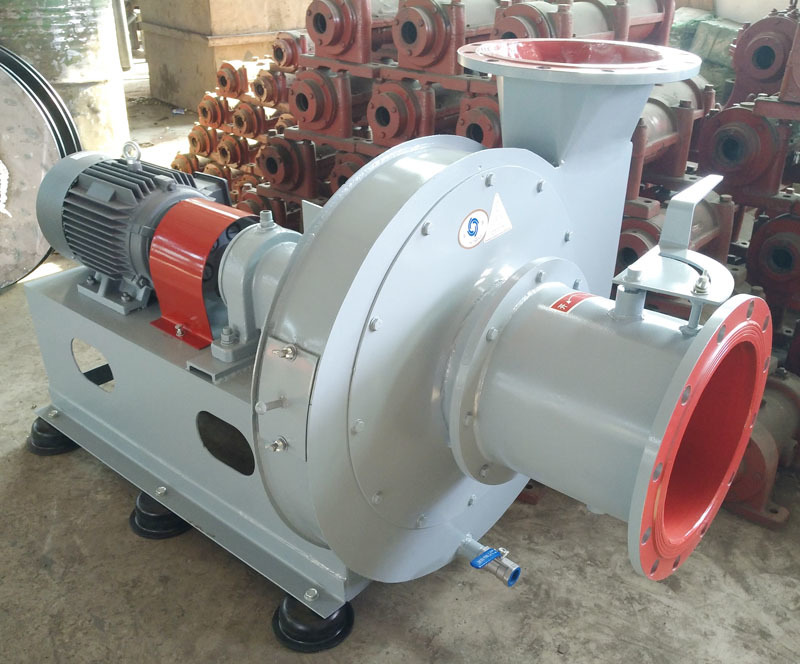The Role of Incinerators in Urban Waste Management
Release time:
2022-05-03
The treatment of urban waste has become a headache for governments around the world, and the application of incinerators in waste management has broken through this long-standing problem. Waste incineration has existed for a long time, but it directly polluted the air because the gases were not treated. However, incinerators do not have this concern. Below is a brief introduction to the promotion process of incinerators in urban waste management.
The treatment of urban waste has become a headache for governments around the world.IncineratorThe application of incineration in waste management has broken through this long-standing problem. Waste incineration has existed for a long time, but it directly polluted the air because the gases were not treated. However, there is no such concern with incinerators. Below is a brief introduction to the promotion process of incinerators in urban waste management.
Compared to landfill methods, waste incineration is more efficient and occupies less land area, and has been regarded as a good method for "rapid reduction." Japan has built more than 6,000 incinerators, ranking first in the world in terms of the number of incinerators. Some developed countries have followed suit, pushing waste incineration to a peak.

Compared to landfill methods, waste incineration is more efficient and occupies less land area, and has been regarded as a good method for "rapid reduction." Japan has built more than 6,000 incinerators, ranking first in the world in terms of the number of incinerators. Some developed countries have followed suit, pushing waste incineration to a peak.
However, waste incineration has not been accepted by the public, with its drawbacks prominently reflected in potential pollution, high costs, complex operations, and resource wastage. According to literature, burning one ton of waste produces about 5,000 cubic meters of waste gas and leaves about half of the original volume as ash. Current incineration equipment releases dozens of harmful substances during normal operation, and it is almost impossible to completely purify them relying solely on filtration, washing, and adsorption.
DifferentIncineratorcharacteristics have the following differences:
Working principle of mechanical grate incinerators: Waste enters the inclined grate through a hopper. Due to the interleaved motion, the waste is pushed downward, allowing it to pass through various areas of the grate until it is completely burned and discharged. Combustion air enters from the lower part of the grate and mixes with the waste; high-temperature flue gas generates steam through the boiler heating surface while the flue gas is cooled. Then, the flue gas is treated by a flue gas treatment device before being discharged.
Characteristics of mechanical grate incinerators: The material requirements and processing precision of the grate are high. The contact surfaces between them must be quite smooth, and the gaps must be very small. Additionally, the mechanical structure is complex, with a high failure rate and significant maintenance needs. High costs and maintenance requirements make it difficult to promote and apply in China.
In addition, CAOIncineratorCharacteristics: Useful materials in recyclable waste; however, the processing capacity of a single incinerator is small, and the processing time is long, with a maximum daily processing capacity currently reaching 150 tons. Due to the difficulty of keeping the flue gas at over 850°C for more than 1 second, the content of harmful substances in the flue gas is high, making it difficult to meet environmental standards.
Characteristics of rotary incinerators: High equipment utilization, low carbon content in ash, low excess air amount, and low harmful gas emissions. However, combustion is difficult to control, and burning is challenging when the waste has low calorific value.
In summary, the incineration technology of waste treatment equipment is very important, and the industry is continuously researching and developing products more suitable for waste incineration. It is hoped that this can support urban construction and fulfill the responsibility for the blue sky of our motherland.
Related News






